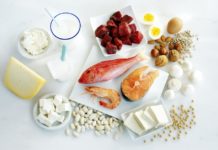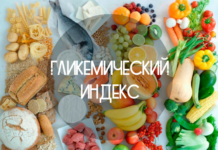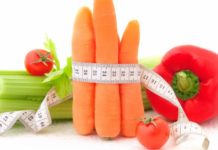Pancreatitis is a rather serious pathological process, often leading to the death of the patient. To avoid such a development of events, it is necessary to take seriously not only the treatment, but also the assigned dietary restrictions. The diet for pancreatic pancreatitis is quite strict, aimed at the maximum possible unloading of the affected organ.
Material Content:
What not to eat?
The initial stage of the disease usually proceeds in a severe form. The patient has vomiting, diarrhea, bloating and other signs of dyspeptic disorder. To reduce the intensity of the clinical picture, as well as reduce the secretory response of the pancreas to the ingestion of food in the stomach, the patient is prescribed therapeutic fasting. Within 1-3 days, any food is contraindicated to him. Only liquid is allowed, the amount of which varies from 1 to 1.5 liters.
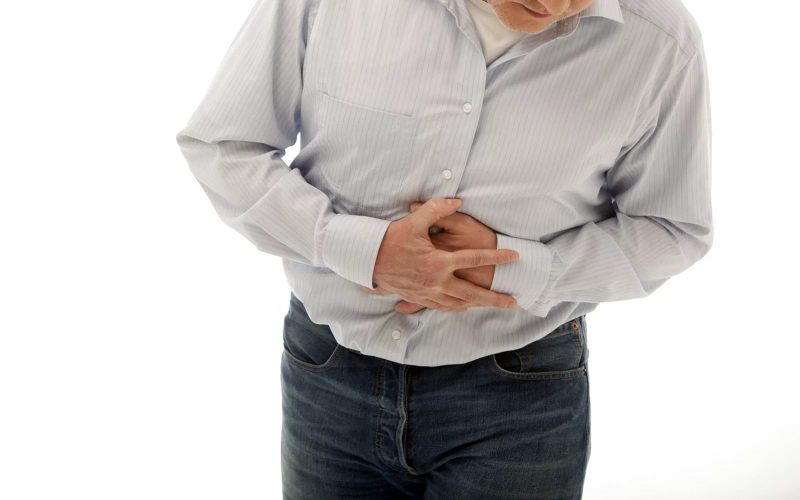
As the functions of the affected organ are restored, the patient is allowed to eat thermally and chemically sparing food. In this case, diet No. 5P is prescribed in the first, and after and in the second version.
The first diet option restricts:
- calorie intake of meals - per day the patient should receive no more than 1800 kcal;
- chemical and thermal aggressiveness of nutrition - it is forbidden to eat fried, spicy foods, excessively hot food;
- fatty and carbohydrate-rich foods - with acute pancreatitis, you can eat 200 g of carbohydrates and 40-60 g of fat per day;
- alcohol and products containing significant amounts of ethanol - alcohol with pancreatitis is completely contraindicated at all stages of the development of the disease. Including during remission.
As you recover, some of the restrictions are removed. So, the second version of the diet allows the use of normal amounts of fats, protein and carbohydrates for the patient. As before, there remains a ban on alcohol and annoying food.
Note: immediately after the end of the period of hunger, the patient is given carbohydrate food. A sharp transition to protein substances is prohibited, as they more strongly stimulate the excretion of pancreatic juice. Fats other than butter are also contraindicated.
What can I eat?
In the first few days after fasting, the patient is allowed: rice broth, crackers made from white bread. After a couple of days, the diet is expanded.
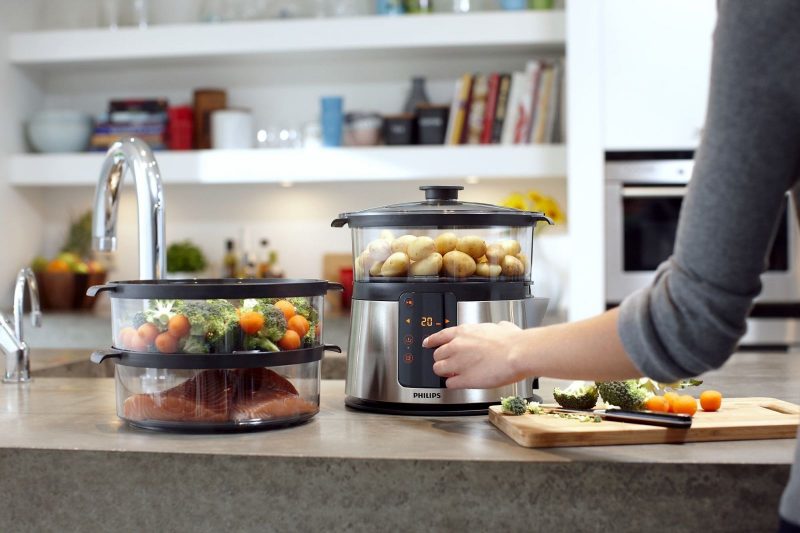
In this case, the food that the patient consumes must meet the following requirements:
- thermally gentle;
- steamed;
- have a semi-liquid or completely liquid consistency;
- chemically sparing;
- the total amount of protein in the daily diet should not exceed 80 grams (restrictions on fats and carbohydrates are described in the previous section of the article);
- the diet should include at least 1 liter of liquid, better than medicinal-table mineral water (Essentuki No. 20, Borjomi), wild rose;
- foods must not contain heat-treated fats.
Diet for pancreatitis and cholecystitis involves crushed meals. The patient is allowed to eat only in small portions, 6 times a day. More frequent meals can aggravate a diseased organ.
Proper nutrition for pancreatic pancreatitis
The principles of nutrition in pancreatitis and cholecystitis are based on the need to reduce the production of enzymatic zones of the gland. Forms of nutrition in the remission phase and at the time of exacerbation of the disease are somewhat different.
Diet for chronic
Nutrition for pancreatic pancreatitis varies depending on the stage. With the activation of pathology, the patient is prescribed hunger, and after table No. 5P. After 1-2 weeks, the patient is gradually transferred to table No. 5P in its second embodiment. After the disease clinic subsides, there may be some relaxation in the diet. However, since chronic pancreatitis is not completely cured, the patient is forced to adhere to the described diet throughout his life.
Diet for acute
Acute pancreatitis is a serious surgical pathology, food intake is contraindicated. Typically, the patient is operated on the first day of the disease. After this, the diet is prescribed in full accordance with the rules of diet in chronic pancreatitis.
Menu for pancreatitis and cholecystitis
The question of what you can eat with pancreatitis is as relevant as possible for people suffering from a chronic form of this disease. In the remission stage, patients are recommended to use products for every day, indicated in the following table:
| What can I eat? | In what form to use? |
|---|---|
| Fruits, berries | As part of jelly, compotes |
| Flour products | Crackers |
| Fat | Butter |
| Pasta | Casserole, pudding |
| Vegetables | Mashed potatoes, vegetable salads |
| Egg | Steamed omelet |
| Milk | Fermented milk pudding |
Of course, all of the above is not an exhaustive list of products allowed for use in pancreatic pathology. Patients are allowed to eat boiled meat in a clean and grated form, boiled fish, honey, pastille, mucous soups, kefir and much more.
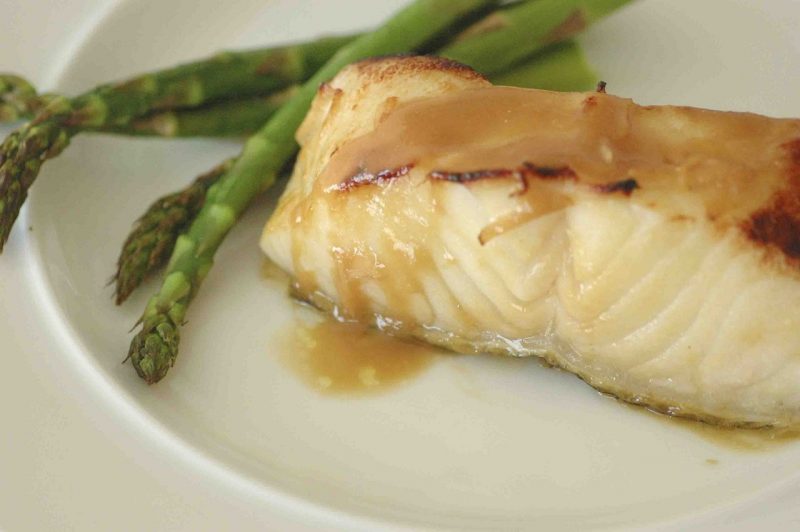
As a drink, the patient can use mineral water of an average level of mineralization, teas, wild rose, juices and fruit drinks that do not have an irritating effect. Outside the stage of exacerbation, the use of coffee in a low concentration is acceptable. The main condition is the absence of carbon dioxide in the drink. Lemonades, carbonated drinking water, and beer are prohibited.
Sample menu for 1 day
The menu for pancreatitis, described below, is not the only possible food option. Changes in food intake and food types are possible. However, the general principles of diet should not be violated. The number of visits to the dining room in both versions of diet No. 5P is six. At the same time, the products and dishes that a person can consume differ. When using the first food option, you can apply the following plan:
Wiped option
The mashed diet is used in the early days of the disease or during exacerbation, when the restrictions on consumed foods are most severe.
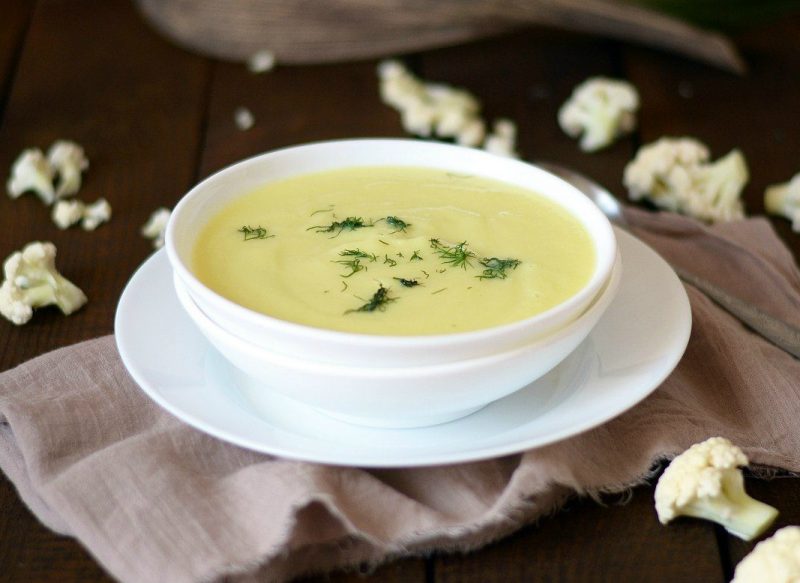
The following list can be used as a one-day diet for such patients:
- Breakfast - mashed buckwheat porridge with milk.
- Breakfast 2 - tea, fruit soft souffle.
- Lunch - vegetable cream soup, buckwheat porridge, rose hip.
- Snack - cool tea, ground fruit.
- Dinner - grated meat, mashed potatoes.
- Before going to bed - tea or rose hips.
The answer to the use of the above feeding scheme for patients is the minimum production of pancreatic enzymes.
Non-mopped option
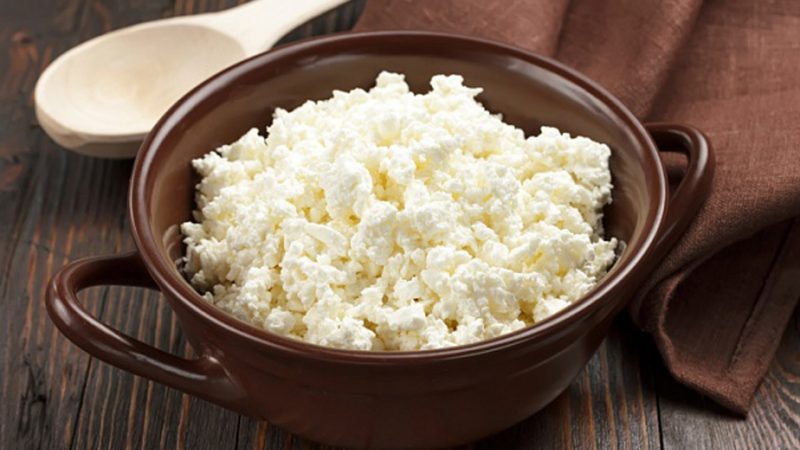
Patients who are recovering and transferred to table No. 5P in its second version can receive the following meals:
- Breakfast is cottage cheese.
- Breakfast 2 - an apple.
- Lunch - vegetable soup, rice porridge, chicken.
- Snack - kefir.
- Dinner - boiled fish.
- Before going to bed - kefir.
The exception is constipated people. For them, the diet is somewhat modified.
For patients with constipation
Constipation in pancreatitis develops due to a sharp change in the patient's diet.
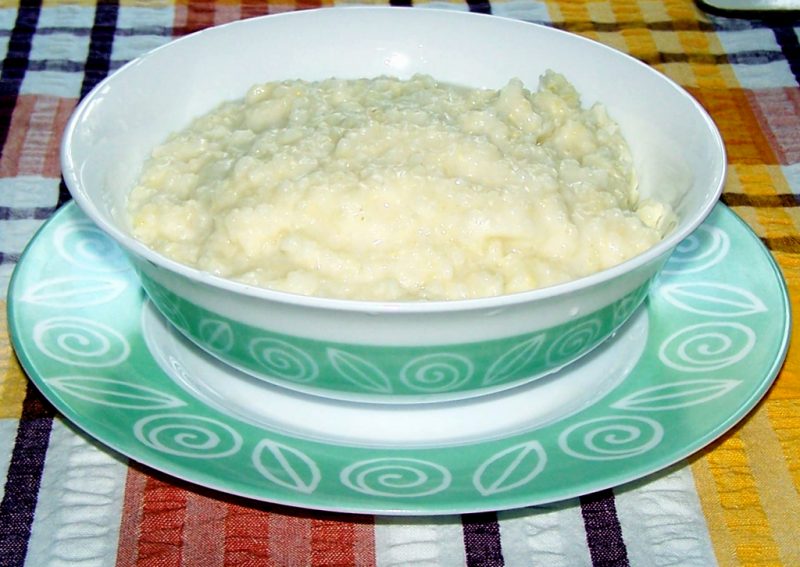
To correct them, you should use the following power scheme:
- Breakfast - a glass of raw water, milk porridge.
- Breakfast 2 - apricots or peaches.
- Lunch - liquid soup, kefir, boiled meat (preferably in grated form).
- Snack - salt mineral water.
- Dinner - tea, crackers from white bread.
- Before going to bed - kefir.
In addition to the above, patients are allowed to eat 1-2 crackers of white grades of bread and a few teaspoons of sugar per day. If the diet does not help and the stool does not return to normal, laxative medications (castor oil, senade) are indicated.
Pancreatic pancreatitis week nutritional example
The nutrition of patients with pancreatic inflammation plays an important role in their convalescence. This should be taken into account when developing therapeutic nutritional schemes. As a working example, the following meal plan for the week can be given (meals are scheduled according to serial numbers):
| Day of the week | Power scheme |
|---|---|
| Monday | 1. liquid mashed potatoes, mineral water. 2. Milk and cracker white bread. 3. chicken soup, baked fish, vegetable side dish, tomato juice. 4.Kisel. 5. oatmeal, tea with milk. 6. weak tea. |
| Tuesday | 1. semolina, a piece of boiled meat, tea. 2. fruit-based puree. 3. Vegetable soup, steamed fish, cottage cheese, tea. 4. yogurt. 5. meatloaf, mashed potatoes, kefir. 6. Kefir. |
| Wednesday | 1. scrambled eggs, bread. 2. boiled fish. 3. milk soup, meatloaf, tea. 4. cutlet (steam), bread. 5. Baked vegetables, pudding, tea. 6. Vegetable juice. |
| Thursday | 1. liquid mashed potatoes, mineral water. 2. Milk and cracker white bread. 3. chicken soup, baked fish, vegetable side dish, tomato juice. 4.Kisel. 5. oatmeal, tea. 6. tea. |
| Friday | 1. semolina, a piece of boiled meat, tea. 2. fruit puree. 3. Vegetable soup, steamed fish, cottage cheese, tea. 4. yogurt. 5. meatloaf, mashed potatoes. 6. Kefir. |
| Saturday | 1. scrambled eggs, bread. 2. fish. 3. milk soup, meatloaf, tea. 4. steam cutlet, bread. 5. Baked vegetables, pudding, tea. 6. Vegetable juice. |
| Sunday | 1. pudding, a slice of butter, white bread. 2. boiled vegetables, mineral water. 3.Vermicelli soup, mashed potatoes, steam cutlet, tea. 4. Baked meat, vegetable salad. 5. boiled rice, meatloaf, compote. 6. Mineral water. |
Recipes for pancreatitis may vary depending on the condition of the patient. However, they should not contain prohibited products.
Nutrition is one of the main factors affecting the speed of regenerative processes. Every person with a chronic form of the disease should know that you can’t eat and what rules should be followed when forming a diet. If in doubt or lack of knowledge in dietetics, you should seek help from your doctor and a professional nutritionist.



